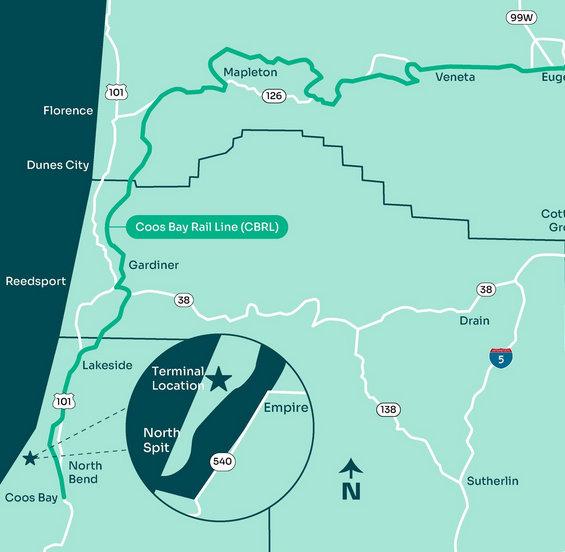
COOS BAY, Ore. — The Oregon legislature has approved $100 million in funding for the Port of Coos Bay project to develop a new ship-to-rail container terminal, the port announced this week.
The Pacific Coast Intermodal Port would see containers loaded directly from ships on to trains, which would then move via the port’s Coos Bay Rail Line to Eugene, Ore., where they would interchange with Union Pacific for delivery to Midwest destinations. The new facility, with a projected capacity of 2 million TEUs, or 20-foot-equivalent units, also involves dredging the Coos Bay Federal Navigation Channel to accommodate larger ships and extensive upgrades to the 134-mile Coos Bay Rail Line.
The project has previously received some $58 million in federal funding, including a $25 million Infrastructure for Rebuilding America, or INFRA, grant from the Department of Transportation [see “Coos Bay, Ore., port receives …,” Trains News Wire, Oct, 19, 2024]. The development of the new 175-acre terminal is a partnership between the Port of Coos Bay and Kansas City-based NorthPoint Development.
“This project is about building something real and lasting — not just for the region, but for the working people of Oregon,” Chad Meyer, CEO at NorthPoint Development, said in a press release. “It reflects the power of public-private collaboration, and we’re grateful for the confidence the Legislature has placed in us. Together, we’re bringing modern logistics capacity to the South Coast in a way that benefits the entire country.”
The intermodal port is projected to generate more than 2,600 construction jobs, 2,500 permanent direct jobs, and as many as 8,000 jobs total, while potentially generating more than $59 million in annual income tax revenue for the state.







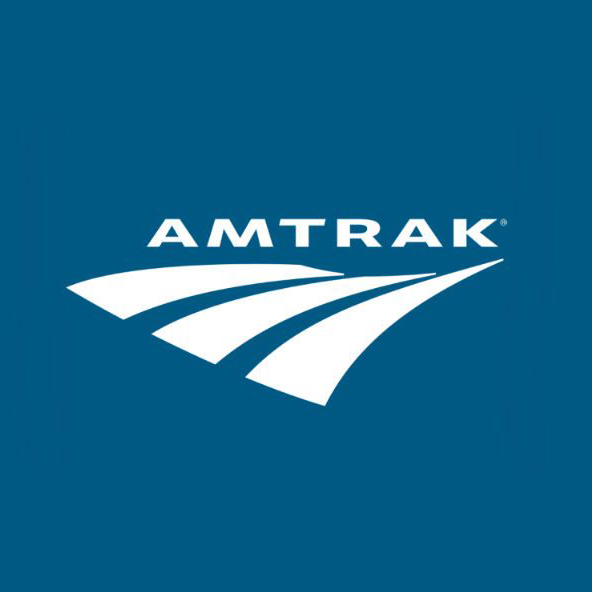
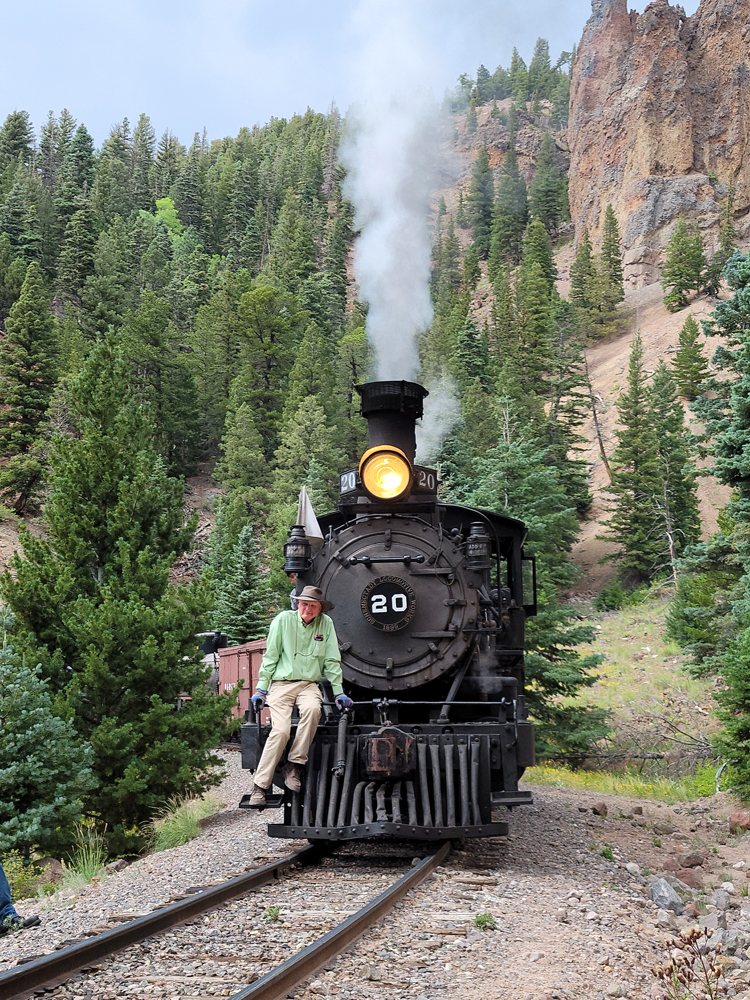
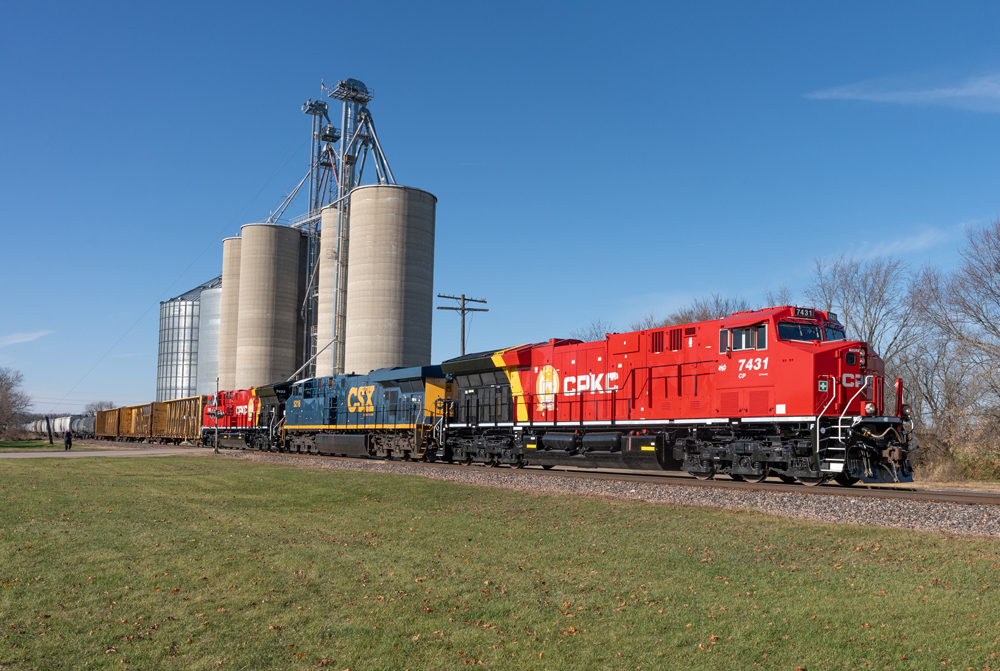
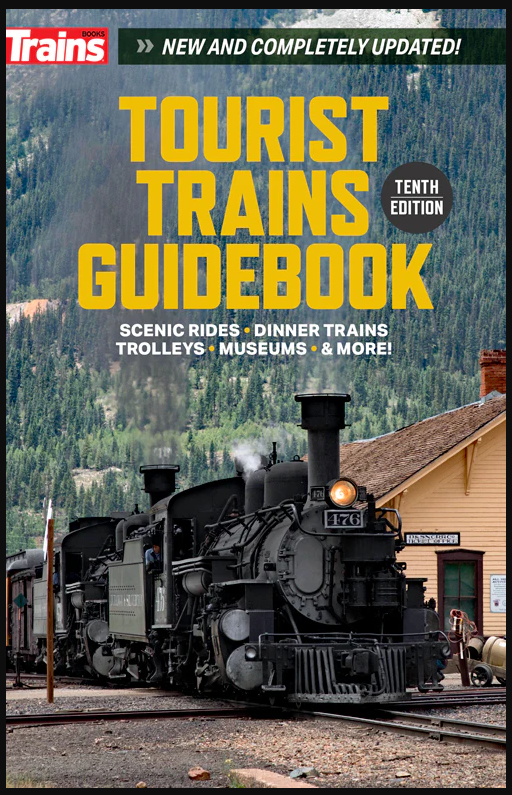
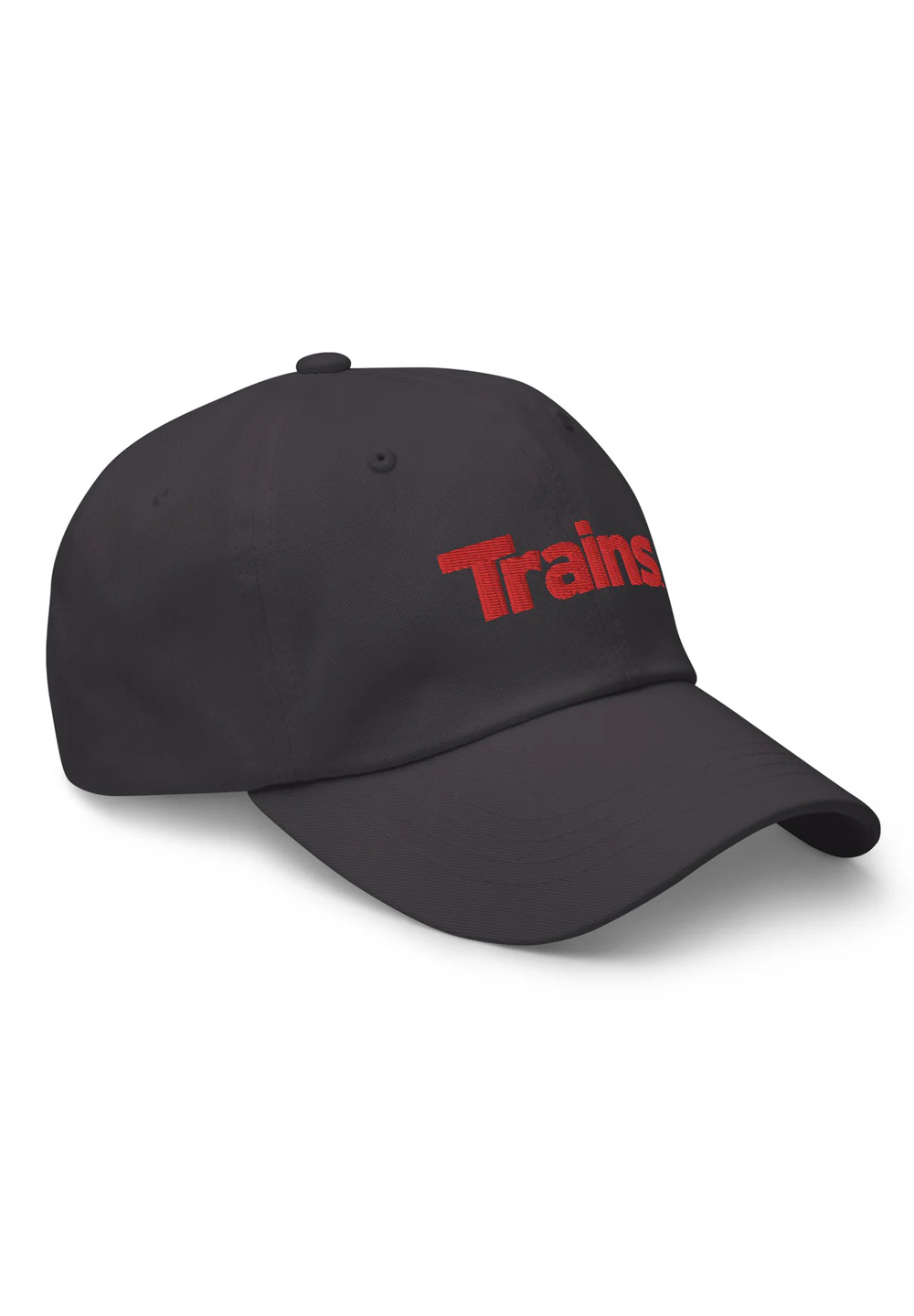
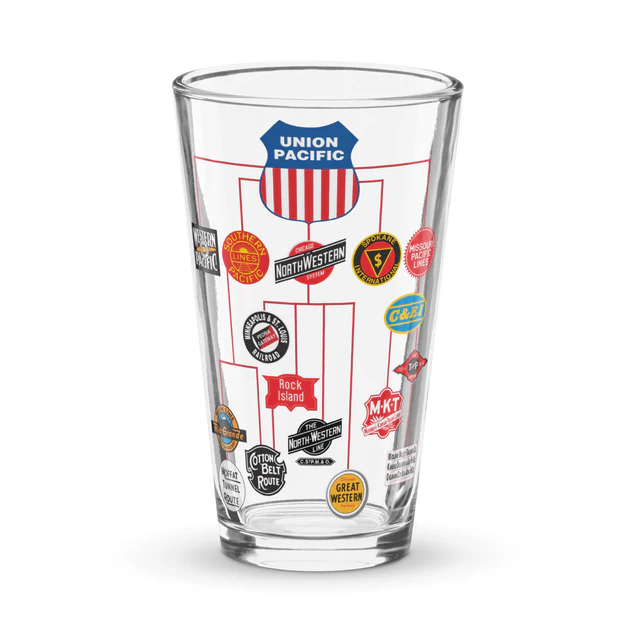
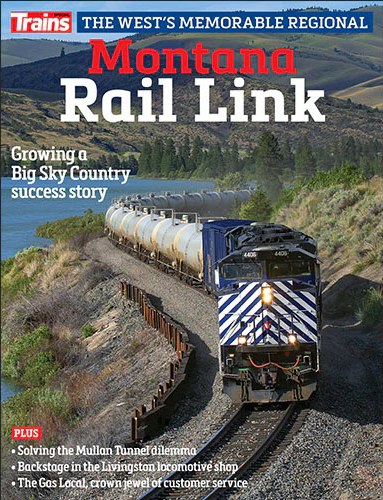
The Coos Bay project is designed to facilitate Oregon based exports. Lumber products, fruits, grain products, farm products like beef, pork, wines, beet sugar, etc.
Honestly, the best market to get into is premium soy exports to China, the demand is very large, right now INDR and CN have containers of premium soy that traverse from Indianapolis all the way to Prince Rupert.
I will have to check if some of the covenants in the funding agreement are still in place. No oil exports, no refined fuels, no LNG, no coal ash, or coal of any kind including metalurgical, no post refinery products like sulfuric acid, chlorine, or phosphurus or ammonia. These restrictions may or may not have been changed since I last looked. Basically anything made from fossils or if spilled would kill a tree or could be blown up.
Seems like a waste of money, both Mark and Alan hit the nail on the head.
The destination goal is the Midwest. There’s no railroad operating directly east from Eugene. Therefore, every shipment would have to operate all the way north to Portland before heading east. That’s a tremendous back haul compared to Seattle and Tacoma. The salient question is: why would anyone use this service?
Have to wonder how long it will take a regular freight and also IM trains to make the trip from Coos bay to Eugene. That time may be an impediment for priority IM freight since UP and BNSF essentially start IM from container ports just a couple of Rail hours from Eugene.
Will the crooked route allow for a full 10,000ft – 12,000 ft IM trains or will Coos bay RR have to split the trains?